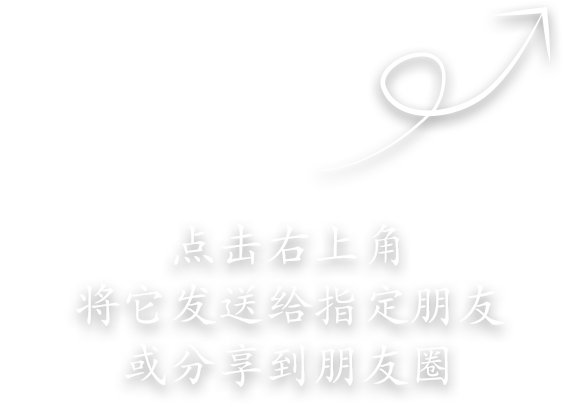Market Overview
China’s low-frequency transformer market is poised to surpass RMB 60 billion (USD 8.3 billion) by 2025, expanding at a 6%-8% CAGR, driven by renewable energy integration, industrial automation, and smart grid infrastructure. The government’s “Dual Carbon” policy is accelerating demand for energy-efficient solutions, with amorphous alloy transformers projected to capture 15% of the market, up from 10% in 2024.
Key Innovations Shaping the Industry
Product Leadership: Dry-type transformers (45% market share) remain dominant in data centers and rail transit due to their eco-friendly design, while amorphous alloy transformers (15% share) gain traction in solar and wind applications, reducing energy loss by 70%.
Technological Advancements: IoT-enabled smart transformers (35% adoption rate), nanocrystalline core materials (20% efficiency gains), and modular production systems are redefining performance standards and cost structures.
Growth Drivers and Strategic Imperatives
Renewable Energy Expansion: Solar capacity additions and ultra-high voltage (UHV) transmission projects, including 2.2 billion kVA infrastructure upgrades, are critical demand catalysts.
Global Market Penetration: Exports to Belt and Road Initiative (BRI) countries are surging at 25% annually, supported by emerging grid modernization needs.
Supply Chain Resilience: Strategic alliances with silicon steel suppliers and localized R&D investments are vital to mitigate cost pressures from copper price volatility (30% production cost).
Competitive Outlook
While domestic leaders like TBEA and China XD Electric control 50% of the market, international players like ABB and Siemens leverage advanced smart grid solutions to secure 15% of high-margin segments. Smaller firms are carving niches in rural electrification and industrial automation through tailored solutions.
Conclusion
To thrive in China’s evolving low-frequency transformer sector, companies must prioritize smart technology integration, sustainable manufacturing, and agile global expansion. Challenges such as import dependency on advanced materials and regulatory compliance require proactive innovation and cross-industry collaboration.






